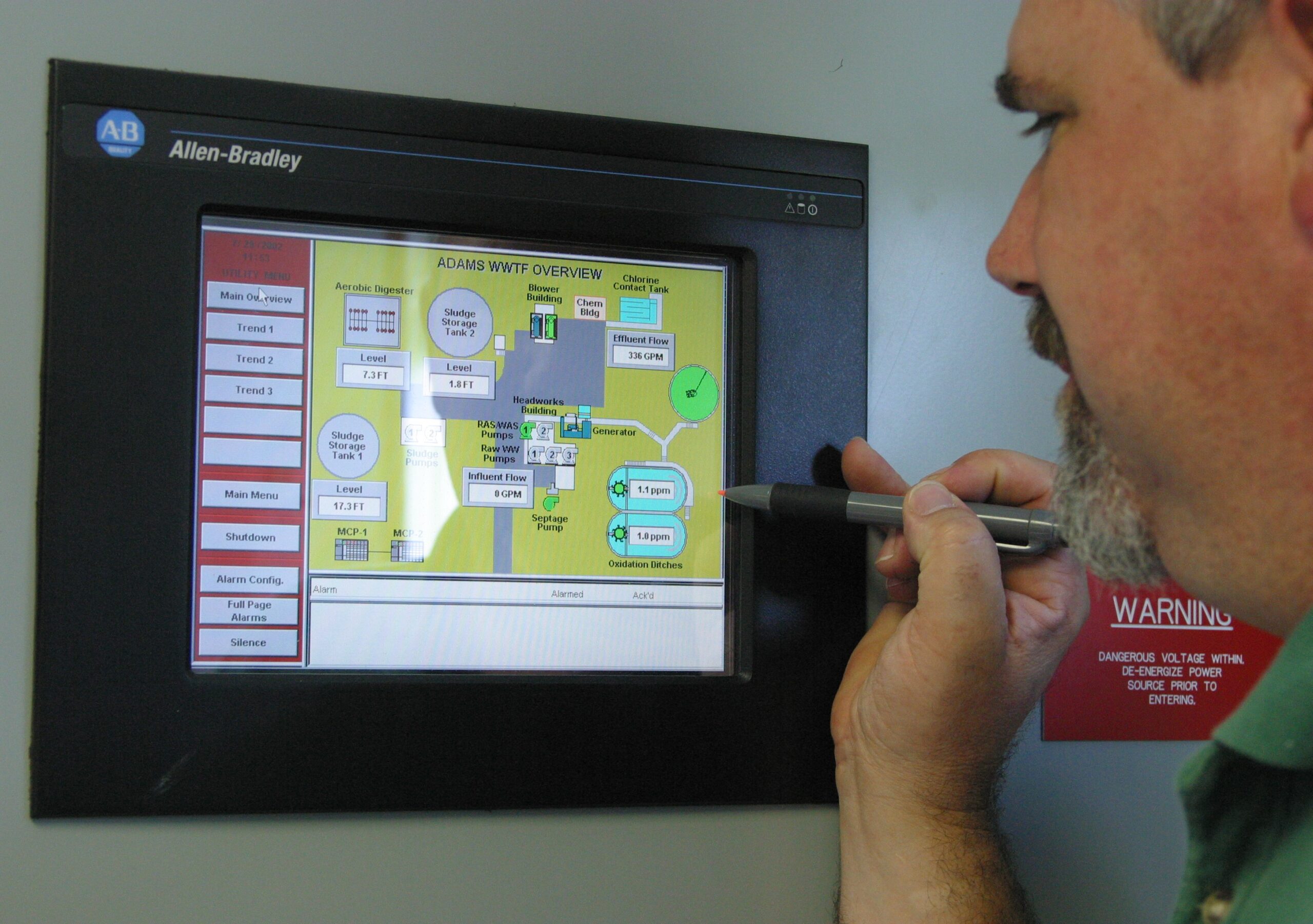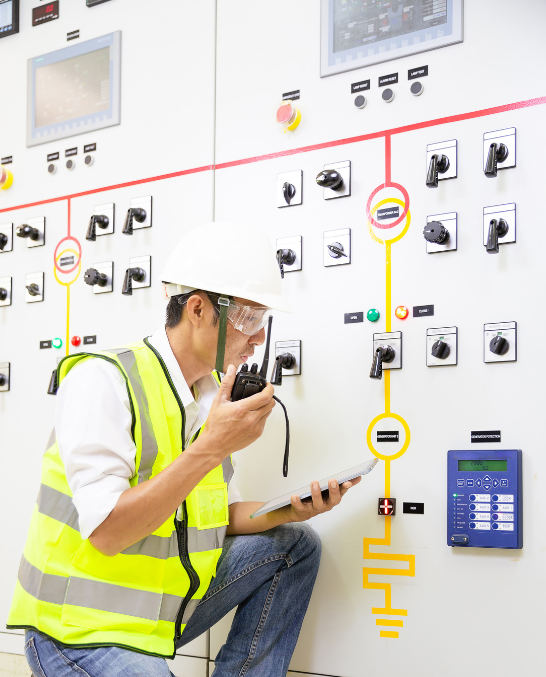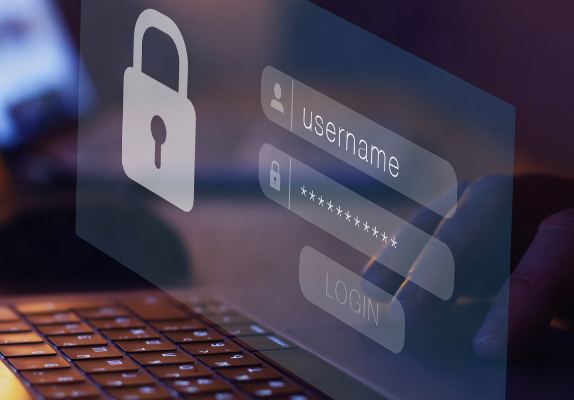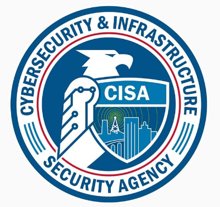In today’s increasingly digital and interconnected world, the systems that keep our essential services running are more complex and vulnerable than ever.
Among these, Supervisory Control and Data Acquisition (SCADA) systems play a vital role in the operation of water and wastewater utilities. These systems provide the backbone for real-time monitoring, control, and automation across a wide range of facilities, from central treatment plants to remote lift stations. But as SCADA systems become more advanced, they also face new challenges — particularly in the realm of cybersecurity.
This article takes a closer look at what makes a SCADA system effective and resilient. We’ll explore the key principles of system design, the indispensable role of operators throughout the process, and the growing need to embed cybersecurity into every layer of infrastructure management.
Designing SCADA Systems for Longevity and Adaptability

A successful SCADA system doesn’t just work well today — it’s built to evolve with the utility’s needs over time. That’s why the design phase is so critical. Flexibility, expandability, and maintainability aren’t just technical buzzwords; they’re strategic necessities that determine whether a system can stand the test of time.
Let’s start with flexibility. This begins with the use of open communication protocols, which allow the system to integrate with a wide variety of equipment — including older legacy systems and third-party devices. This approach prevents utilities from being locked into proprietary ecosystems and ensures they can adapt as technology changes.
Next comes expandability. A well-designed SCADA system should meet current operational needs while leaving room for future growth. Whether it’s adding new facilities, integrating more sensors, or expanding control capabilities, the system should be able to scale without requiring a complete redesign.
Finally, maintainability is key to long-term success. Choosing hardware and software from reputable, industry-leading vendors — and steering clear of proprietary-only solutions — gives utilities access to broader support networks, competitive service options, and timely updates. This makes it easier to keep the system running smoothly for years to come.
The Operator’s Role: From Vision to Execution
While engineers may design the system, it’s the operators who live with it every day. That’s why their involvement is essential — not just at the end, but from the very beginning of the process.

During the pre-design phase, operators should clearly communicate their budget limitations, regulatory requirements, and minimum system expectations. It’s also the right time to dream a little — by creating a “wish list” of features they’d like to see in the future.
As the design phase unfolds, operators help shape the system’s scope. They determine which facilities will be included, what kind of data and reporting are needed, and how the software should function. Their input is especially important when selecting software that supports usability, reporting, lab and maintenance data integration, and remote access. Hardware choices — like panels, network switches, computers, tablets, and dialers — should also reflect the realities of day-to-day operations.
Once construction begins, operators continue to play a hands-on role. They participate in functional description meetings and factory acceptance tests (FATs), helping ensure the system behaves as expected and is intuitive to use. These tests, conducted under controlled conditions, are crucial for identifying and resolving issues before the system goes live.
Even after implementation, the operator’s job isn’t done. They monitor how the system responds, fine-tune set points, and document any issues that arise. This ongoing feedback loop helps optimize performance and move the utility closer to fully automated control.

Cybersecurity: The New Frontier in SCADA Protection
Throughout every phase, one concern must remain front and center: cybersecurity. From the moment a SCADA system connects to a network, it becomes a potential target. That’s why cybersecurity measures must be built into the system from the ground up — designed to be user-friendly, easy to maintain, and cost-effective.
As SCADA systems become more connected, they also become more exposed. Cybersecurity is no longer a nice-to-have — it’s a fundamental requirement of system design and operation.
The water and wastewater sector faces a unique set of challenges. Many utilities are working with aging infrastructure and outdated systems that weren’t built with security in mind. On top of that, there’s often a shortage of operational technology (OT) security expertise. These vulnerabilities are only made worse by the increasing sophistication of cyber threats.
Cyberattacks on SCADA systems can take many forms. Phishing remains the most common, but network breaches and ransomware attacks are also on the rise. The attackers themselves vary widely — from nation-state actors and organized cybercriminals to insiders and “hacktivists.” This requires a 360° approach to system protection, from incident response to assessing remote access vulnerabilities and practicing good cyber hygiene.
Protecting SCADA Networks: A Multi-layered Strategy
First, incident response planning is essential. Utilities need to be ready to detect, contain, and recover from cyber incidents quickly. Regular vulnerability assessments and timely patching help close security gaps before they can be exploited.
Remote access is another area of concern. Tools like TeamViewer and ConnectWise offer convenience, but they’re also attractive targets for attackers. Following guidance from the Cybersecurity and Infrastructure Security Agency (CISA), utilities should implement multi-factor authentication, monitor for unusual activity, and restrict access to authorized users only.
Network segmentation is another effective strategy. By isolating critical systems, utilities can reduce the risk of attackers moving laterally through the network. Asset management ensures that every device is accounted for and monitored, while data integrity measures help maintain the accuracy and reliability of operational data.

Cyber hygiene is also critical. This includes employee training, strong password policies, and cautious online behavior. What makes a strong password? At a minimum, it should be 13 characters long and include a mix of numbers, symbols, and both upper- and lower-case letters. The more complex, the better. According to cybersecurity experts, a well-crafted password can increase the time it takes to crack it from mere seconds to billions, or even trillions of years with today’s hacking capabilities.
Protection of today’s SCADA systems requires a comprehensive approach that spans technical, procedural, and human factors. To get organized, municipal utilities should develop a dedicated Cybersecurity Plan.
Building a Cybersecurity Plan: From Policy to Practice
A formal cybersecurity plan provides the structure needed to maintain long-term protection. Key components of such a plan include:
- Conducting risk assessments to identify and prioritize vulnerabilities.
- Establishing clear security policies and procedures for acceptable use, access control, and incident response.
- Implementing access control mechanisms like role-based permissions and unique credentials.
- Protecting data through encryption and secure backups.
- Securing the network with firewalls and intrusion detection systems.
- Training employees to recognize and respond to threats.
- Performing regular audits and monitoring to detect anomalies in real time.
- Ensuring compliance with legal and regulatory standards.
- Maintaining physical security to prevent unauthorized access to infrastructure.
Creating and implementing a Cybersecurity Plan is critical in helping facilities formalize cyber threats and establish response measures that are unique to their individual needs. Yet utilities don’t have to face these challenges alone. Agencies such as CISA are here to help.

CISA: A Partner in Infrastructure Protection
CISA is part of the U.S. Department of Homeland Security and is responsible for protecting critical infrastructure and systems from cyber threats. CISA collaborates with governments, industries, and international organizations to improve the nation’s cyber defenses, while also providing a wide range of support and resources for state, local, tribal, and territorial (SLTT) governments. From cybersecurity assessments and training programs to technical assistance and threat intelligence, CISA provides the tools and resources utilities need to stay ahead of emerging risks and build resilience against both cyber and physical threats. Water and wastewater utilities can connect with CISA for things like free Cyber Hygiene Services, vulnerability scanning services, cybersecurity self-assessments, and Industrial Control Systems Network Protocol Parsers (ICSNPP) — a tool to enhance network visibility and help utilities detect abnormal traffic within SCADA systems.
Conclusion
SCADA systems are the digital nervous systems of modern utilities. To ensure they remain reliable and secure, their design must prioritize flexibility, scalability, and maintainability. Operators must be involved at every stage, and cybersecurity must be woven into the fabric of the system from day one. By taking a strategic, collaborative, and security-focused approach, utilities can continue to deliver essential services while defending against the ever-evolving landscape of cyber threats.
